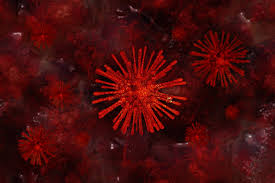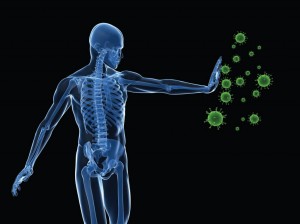Nature Structural & Molecular Biology 18, 1336–1344 (2011). Doi: 10.1038/nsmb.2142.
Lee, H.-R., Choi, W.-C., Lee, S., Hwang, J., Hwang, E., Guchhait, K., Haas, J., Toth, Z., Jeon, Y.H., Oh, T.-K., Kim, M.H. & Jung, J.U
“Bilateral inhibition of HAUSP deubiquitinase by a viral interferon regulatory factor protein”.
Insights obtained from a viral protein could guide the development of a promising anticancer strategy
Several members of the herpesvirus family can induce tumorigenesis by manipulating key cellular maintenance pathways. A protein known as HAUSP is a particularly important target; this enzyme stabilizes MDM2, a protein that prevents damaged cells from entering a ‘self-destruct’ pathway that represents a last-ditch defense against uncontrolled growth.
This viral strategy could be exploited for therapeutic purposes, according to research from a team led by Tae-Kwang Oh and Myung Hee Kim of the Korea Research Institute of Bioscience and Biotechnology and Jae Jung at the University of Southern California in the United States.
The researchers analyzed the interaction between HAUSP and vIRF4, a protein produced by the Kaposi’s sarcoma herpes virus (KSHV). Their investigation spotlighted two key segments of vIRF4; the first interacts strongly with a domain on HAUSP that binds MDM2 and other cellular proteins, and the second associates with the catalytic segment that promotes stabilization of those proteins.
The researchers designed peptide fragments based on those segments that bind and inhibit HAUSP, and demonstrated that they exerted potent anticancer effects. In both cell culture and mouse models, these peptides actively reduced tumor formation by destabilizing MDM2 and promoting cell death, suggesting a potentially viable strategy for treating cancers in which these pathways are still intact.






